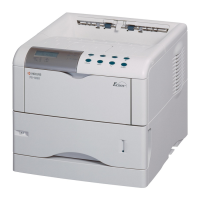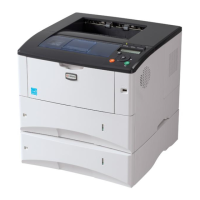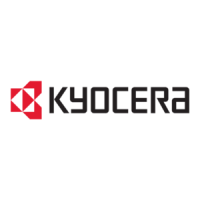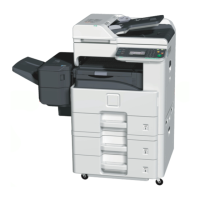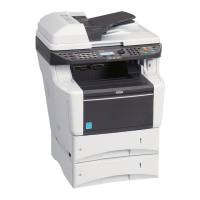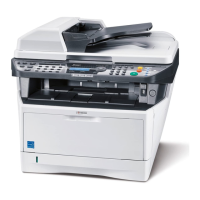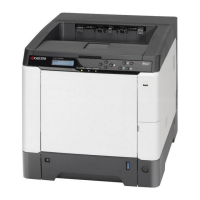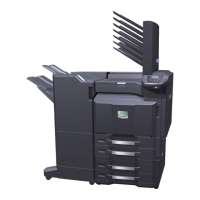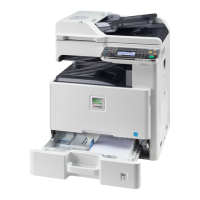Stack codes essentially consist of up to 90 rather flat linear codes “stacked one on
top of the other”, so that a data density several times higher can be generated
without allowing the dimensions of the codes to become excessively large. Normally,
data densities fifteen times higher are achieved than in the case of simple linear
codes.
Matrix codes also have the advantage of high data density and to some extent offer
enormous data security, but they use a completely independent symbology made up
of square elements, segments of circles, stripes or hexagons of different sizes, or
combinations of these. The development history and structure of these codes have
been influenced by various demands, such as high data density, fast readability,
great data security or the most well-featured codable character set possible. The
various symbologies have developed due to optimisations for specific purposes.
The read technology for 2D codes is clearly more expensive and requires special
readers, the structure of which is partly equivalent to that of a video camera. Matrix
codes in particular are becoming established more and more in trade and industry
due to the high information density and great resistance to interference.
Properties and advantages
11
